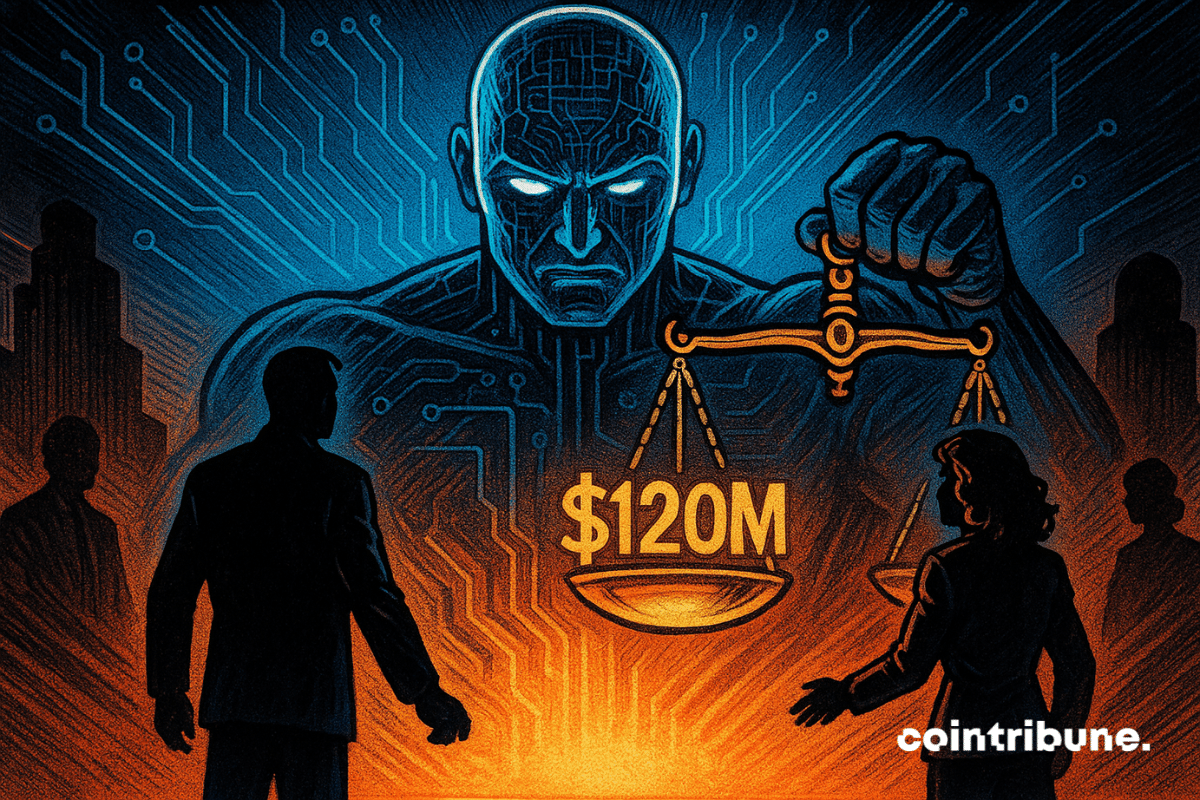As BTC mining grows, with a global hashrate of 980 EH/s in September 2025, its massive computer power could change education, which is key to progress. This can be done by using spread-out systems and money rewards.
With BTC trading around $115,000, mining’s ability to handle hard math could become edu-mining networks. This would provide artificial intelligence (AI) learning tools, connect those without Internet, and let communities avoid government-controlled education. By turning mining computers into learning hubs for tutoring, translation, and custom lessons, mining could make education available for the 2.6 billion people offline, creating fairness and chances for everyone.
The United Nations Educational, Scientific and Cultural Organization (UNESCO) says education is still unequal, with 60% of poor kids missing out on digital tools. Often, central education systems don’t have enough money and focus too much on cities, leaving places such as Africa or rural Asia behind. Block reward mining could help by using its systems in places such as Ethiopia, which contributes a small amount to the global hashrate, and Paraguay, which has inexpensive hydro power. When the network isn’t busy, mining computers could work on learning models, collecting info to create lessons made for each student, without needing big central servers.
This edu-mining idea is still in the early stages. It takes inspiration from mining’s adaptability, like in Kenya, where geothermal energy funds local projects while securing blockchains.
This tech uses flexible ASIC-GPU setups, like Cysic’s Testnet Phase III, which wrapped up on September 18, 2025. That testnet processed over 13 million jobs for 1.36 million users extremely fast, proving how useful hybrid hardware can be. By using the speed of ASICs and the flexibility of GPUs, these systems can tackle AI jobs, such as real-time translation for students or personalized math and coding help. A 1 MW mining site, earning 0.1 BTC a day (that’s $10,800), could set aside 20% of its computing to help 10,000 students with learning apps. Think of Texas’s flare-gas mining, which lowers emissions while powering local grids.
Mining’s money rewards make this even better. With daily profits of $10.79 at $0.05/kWh, money could fund free online courses or virtual reality classrooms, especially in India, where 400 million lack Internet. A learn-to-mine idea could give tokens for computing, rewarding students with small payments, maybe $0.01 per lesson, through BTC sidechains or altcoins like Zcash. This encourages learning and teaches blockchain, forming systems that avoid central platforms that favor richer areas.
Using sustainable practices can really help. Currently, mining gets about 43% of its power from renewable sources such as hydro and solar, lowering CO2 emissions. The heat that comes from computers, which can get up to 60–70°C, could be used to heat schools. For example, there’s a project in Paraguay where they’re using 10% of the earnings for local projects. In colder areas like Canada, a 500 kW computer could heat a school and still handle AI work, cutting energy costs by 30% and helping 5,000 students. This aligns with what we’re seeing in places like Kenya, where geothermal mining is helping with electricity and mining BTC.
Scaling edu-mining has problems. Upgrading computers for AI costs $50,000–$200,000 per MW for hybrid hardware, a problem for small miners. Policies could help through tax breaks or carbon credits. Data privacy needs Zero-Knowledge Proofs (ZKPs), where Cysic’s hybrids are good at, securing data with quick speed. Internet gaps need low-bandwidth solutions, like satellite apps, to grow.
Edu-mining could really change things. By 2030, it might reach a billion students. It would use mining to run AI in schools. The money made could pay for scholarships, like some projects in Laos that use BTC. This way, communities can work around slow governments and fix the digital gap. Imagine a mining center in Kenya teaching kids to code and using tokens to buy them computers. Edu-mining views crypto mining as a way to make things fairer, turning computer power into chances for people to get ahead.
Watch | Educating from scratch: Inspiring future innovators in Poznań & beyond
title=”YouTube video player” frameborder=”0″ allow=”accelerometer; autoplay; clipboard-write; encrypted-media; gyroscope; picture-in-picture; web-share” referrerpolicy=”strict-origin-when-cross-origin” allowfullscreen=””>
Source: https://coingeek.com/advancing-fair-education-with-computer-networks/



